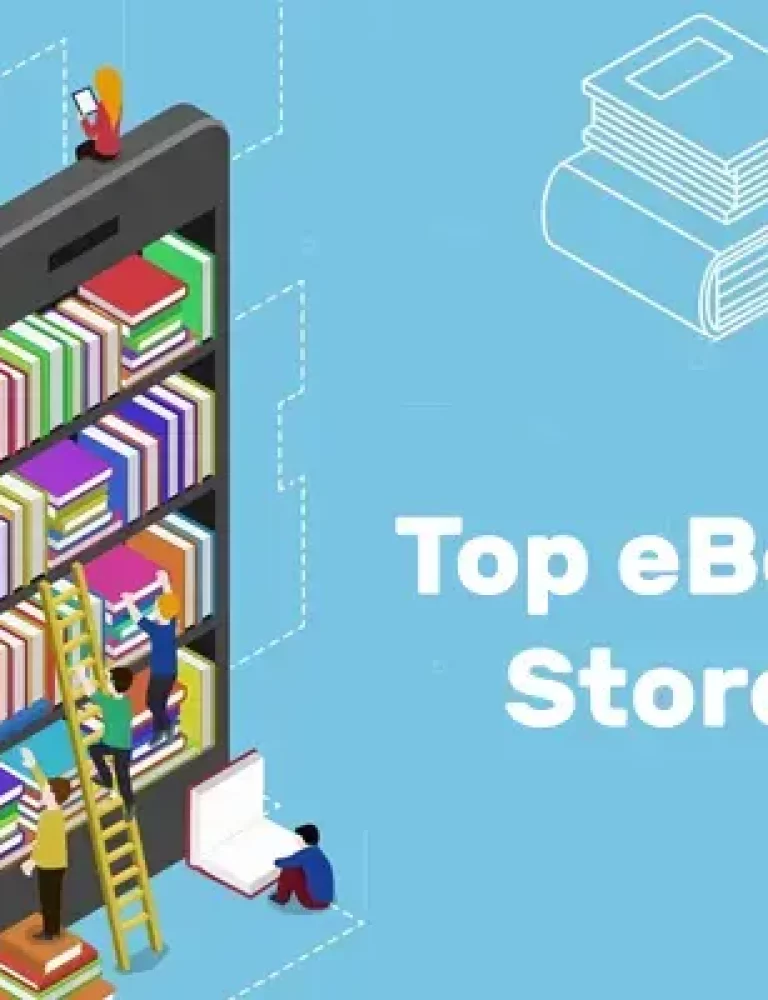As digitization continues to rise, so does the threat of cybercrime, highlighting the need for enhanced protective measures. One measure that is gaining popularity across industries like education and publishing is Digital Rights Management (DRM).
DRM, short for digital rights management, employs technological tools to safeguard content against unauthorized use and reproduction. This advanced approach involves encrypting content and managing access rights, ensuring that only authorized users can access or use the protected material.
By incorporating DRM solutions, organizations can exert greater control over how their digital assets are used and distributed, reducing the risk of piracy and intellectual property theft.
While DRM offers undeniable benefits in terms of content security and copyright protection, it also presents challenges and potential drawbacks.
Read on as we discuss the complexities and implications of distributing DRM-protected content.
Table of Contents:
II. Benefits of DRM-Protected Content
- Protects Your IPR
- Enables You to Customize Access
- Protects Your Content’s Authenticity
- Ensures Regulatory Compliance
- Safeguards Your Revenue
How Does DRM Work?
DRM uses a number of measures to protect the copyright of your eBooks. These measures include:
Access Control
Licensing
DRM gives authors and publishers the power to create and issue licensing keys. This measure helps authors and publishers control access to eBooks. When a person requests permission for an eBook, authors and publishers can check the person’s authentication status. If it checks out, they can grant permission to the eBook by issuing licensing keys.
Encryption
Employing smart algorithms, DRM adds a protective layer to the content of eBooks by encrypting it. Only authorized people with a decryption key can now decode and access the content of the eBooks. Encryption of eBooks enables authors and publishers to prevent illegal use of their content.
Digital textbook platforms like KITABOO come with advanced DRM solutions that leverage these measures to protect eBooks effectively.
Watermarking
Watermarks act as digital tracers. They can be visible or invisible and contain details about the author, publisher, and user. If a user accesses a digital book without authorization, they help authors and publishers track the details and the identity of the user. Watermarks provide evidence of illegal or unauthorized usage and support authors and publishers in taking legal action against the user.
Benefits of DRM-Protected Content
Protecting your content with DRM solutions offers a wide range of benefits. Let’s explore them one by one.
Protects Your IPR
Your work is legally your intellectual property. Online piracy, theft, and illegal distribution can pose serious threats to your intellectual property. By using DRM solutions, however, you can safeguard your intellectual property rights (IPR). Leveraging measures such as encryption and watermarks, DRM solutions add an extra protective layer to your content and make it difficult for unauthorized users to copy or share it illegally.
Enables You to Customize Access
DRM solutions enable you to decide the number of times a reader can view your content, the number of times a reader can download or print your content, whether a reader can add comments to it, and so on.
Readers have a diverse range of needs. With the help of DRM solutions, you can tailor access to content and cater to the varying needs of your readers.
Protects Your Content’s Authenticity
eBooks are more vulnerable to modification by unauthorized users than physical books. They can even be sold off to naive readers as someone else’s creation.
Using DRM measures to protect your eBook’s content can prevent its illegal modification.
When a person reads the original content of an author, it cultivates credibility and loyalty to the author’s brand.
Ensures Regulatory Compliance
You need to meet the rules and regulations set by the international regulatory guidelines before you can publish your eBook. Using DRM solutions, you can cut through the hassle and meet the standards required by the guidelines with ease. Thus, DRM solutions enable you to meet copyright laws and ensure the legal distribution of your eBooks.
Safeguards Your Revenue
Whenever people access or share eBooks illegally, authors lose out on their much-deserved revenue. If this problem goes unresolved, authors can incur massive amounts of losses in the long run. In such a scenario, DRM measures provide a quick and long-term solution to protecting eBooks from falling into the wrong hands and thus help to safeguard authors’ revenue and profits.
Drawbacks of DRM-Protected Content
While putting DRM on eBooks as a protective measure has benefits, it comes with its share of drawbacks, such as the following:
Restricts Knowledge Sharing
With eBooks that are not protected by DRM, people can scribble notes on them, add comments beside the content, and share them with their friends and colleagues. DRM-protected content can restrict this free flow of knowledge sharing between people.
Obstructs the Quality Imparting of Education
In an educational setting, a teacher often uses reference materials to teach and explain concepts. With DRM protection, the number of references or educational materials that a teacher can share with students becomes limited. DRM protection can thus act as an obstacle to the effective imparting of education.
Negatively Affects User Experience
DRM protection can negatively impact the way users consume content. It poses multiple restrictions, limiting the number of times they can view, download, or print the content. It can also put a limit on the number of devices they can view the content on, affecting cross-platform access to content and turning users away from the author or publisher using DRM solutions.
Final Words
DRM-protected content comes with benefits such as protection of your IPR, compliance with regulatory guidelines, and safeguarding of your content’s authenticity and revenue. At the same time, it comes with equally strong drawbacks, such as restricting the free flow of knowledge sharing, impeding the delivery of quality education, and negatively affecting the user experience.
However, as is the case with technology, DRM solutions keep evolving to overcome their limitations and act as a shield against emerging cybercrimes.
Advanced DRM solutions provided by KITABOO, a leading digital textbook platform, are designed to strike a balance between security and user experience. They offer robust protection for digital content while ensuring seamless access and usability for authorized users.
To know more about DRM solutions, connect with us now!
Discover How An Ebook Conversion, Publishing & Distribution Platform Can Help You
Kitaboo is a cloud-based content platform to create-publish & securely distribute interactive mobile-ready ebooks.
You May Also Like









